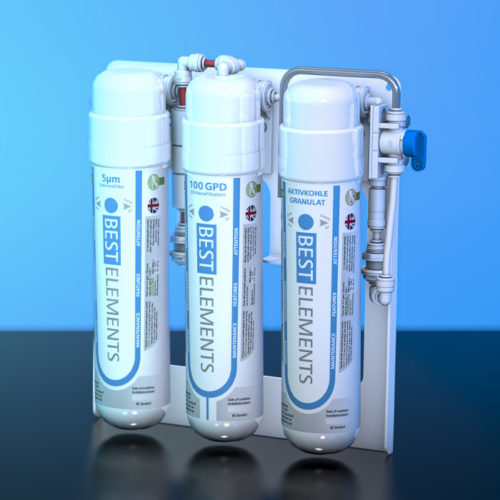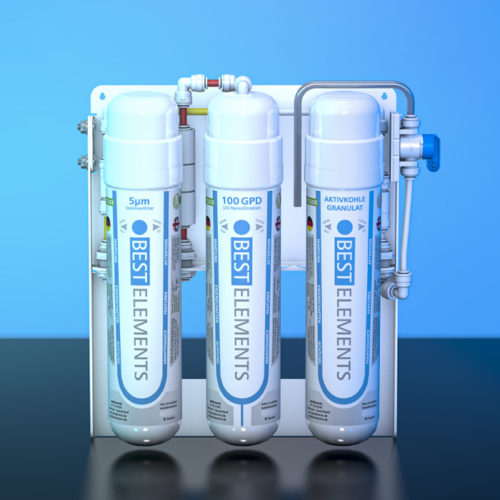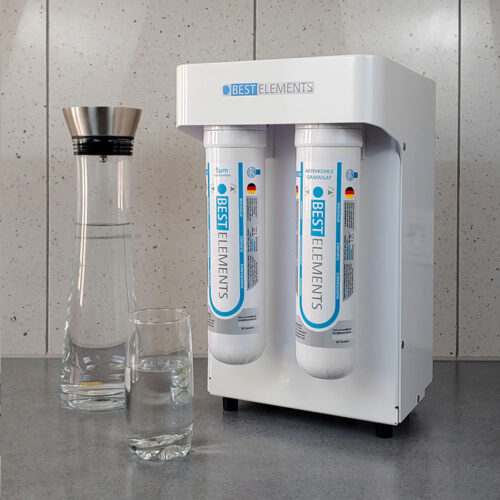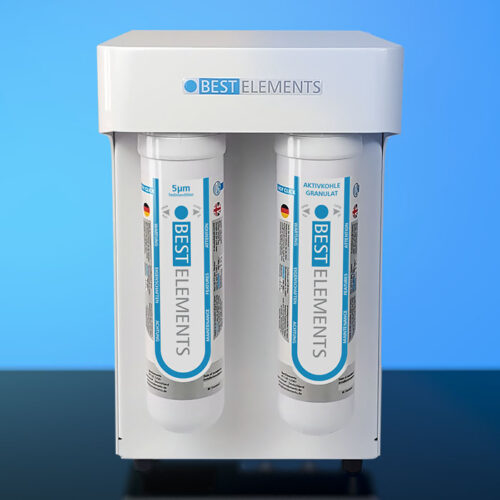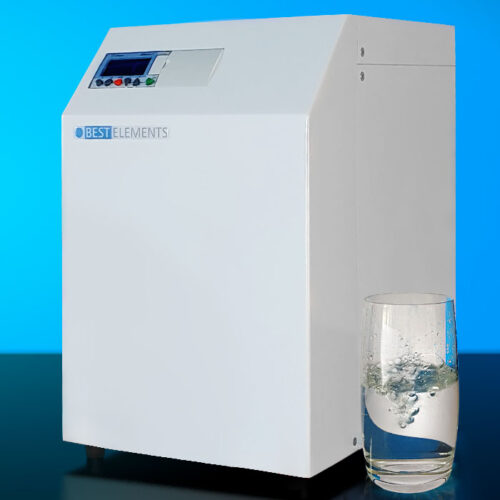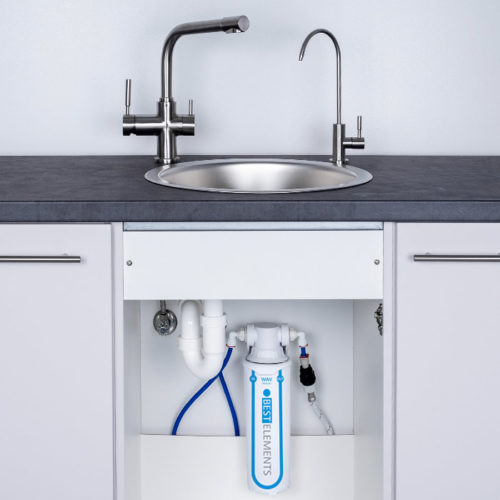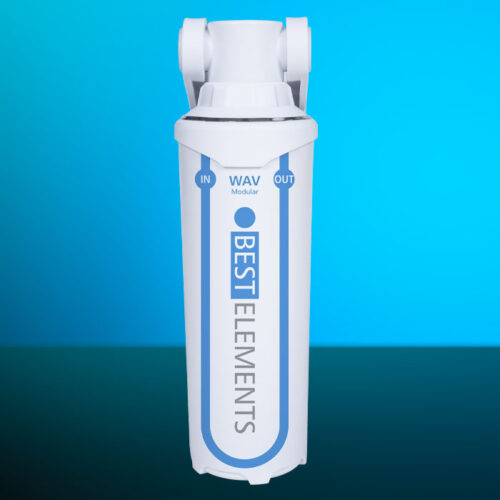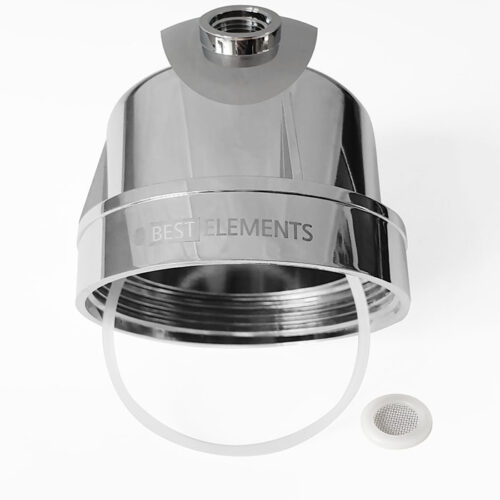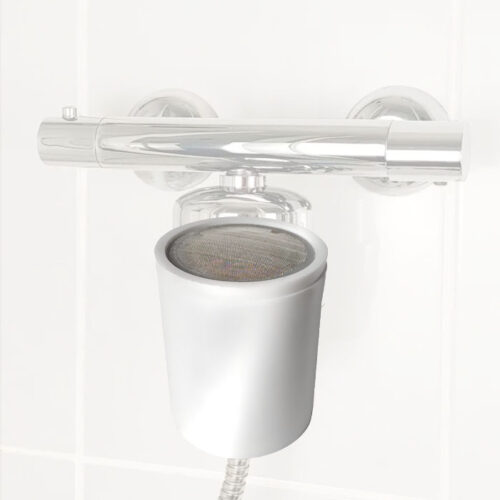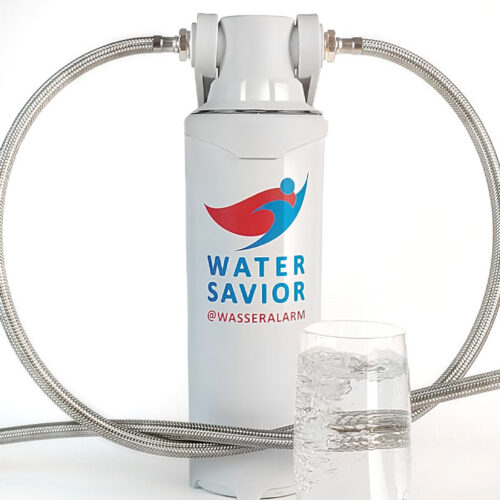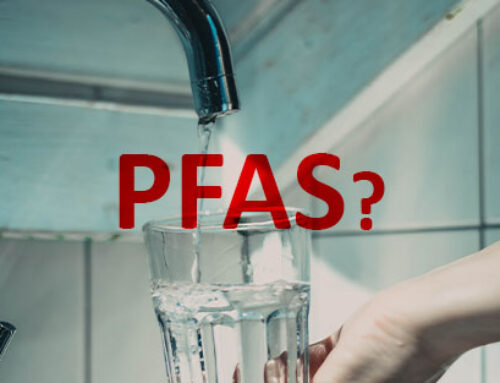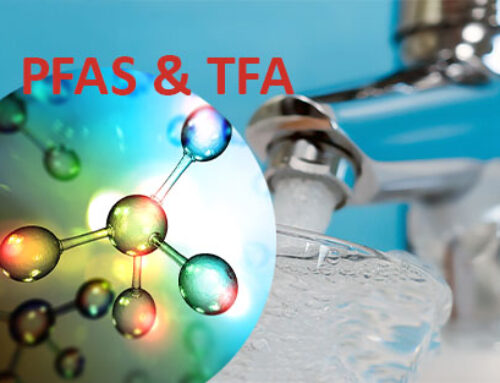Worrying results from the investigation of drinking water and bodies of water in Germany
Four studies by the Federal Environment Agency are sounding the alarm: German bodies of water and drinking water resources are more heavily contaminated with dangerous chemical substances than previously assumed. These substances include pesticides, biocides, drug residues, active pharmaceutical ingredients and industrial chemicals that are difficult or impossible to break down in the water cycle. They can have significant health effects, including promoting cancer, fertility problems, and damage to the immune system.
The Federal Environment Agency examined many samples from surface and groundwater sources from several drinking water suppliers throughout Germany. Toxic substances including PFAS (per- and polyfluorinated alkyl substances) were detected in every sample. These industrial chemicals are used in products such as outdoor clothing and waterproofing products. Researchers also identified mobile perpetuity chemicals, specifically industrial adhesives and solvents, that are far more common in the environment than previously known.
The challenge in removing these substances is that traditional water treatment methods such as activated carbon filters and ozone cannot effectively remove many of these toxins. In fact, more than half of the substances examined cannot simply be filtered out of the water using conventional methods. This requires special technologies such as reverse osmosis, with which powerful and safe drinking water filters for the home work, such as the RO water filters from BestElements.
As a report in Stern reveals, a 2020 study found that children and young people have too many pollutants in their blood, including persistent industrial chemicals such as PFAS. Unfortunately, in most product areas there is no labeling requirement to declare all hazardous chemicals, making it difficult for consumers to protect themselves from them.
In many cases, perpetual chemicals are also ingested via drinking water and contact with contaminated products. Even mothers can pass these toxic substances on to their children when breastfeeding.
chemicals
in groundwater
in drinking water
The UBA study identified a total of 600 chemicals in German water resources, about half of which are listed in the European Chemicals Regulation (REACH). Around 338 of these substances have been detected in groundwater and 385 have been found in drinking water.
Chemicals are not easy to filter out – but there is a solution!
According to “Stern”, REACH is one of the strictest chemicals laws in the world and requires companies to ensure the safety of their chemicals. Nevertheless, the current study shows that further efforts are required to reduce the pollution of drinking water and bodies of water. Germany faces the challenge that many bodies of water continue to suffer from excessive levels of pollutants. Since no public, global solutions from drinking water works are available, individual solutions are required for consumers who have access to the purest filtered drinking water in the form of filter devices in homes and offices. The devices filter the drinking water directly at the tapping point in the houses and apartments and, with their nano-technology, reliably and long-term remove known substances as well as impurities not previously sought and found.

